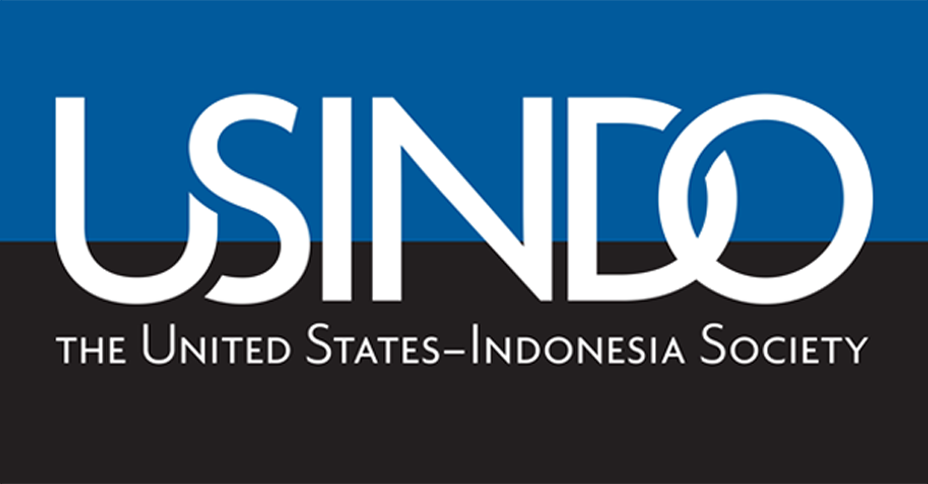Rowing Between Two Reefs
By STANLEY A. WEISS
Published: August 30, 2010
JAKARTA — It was 62 years ago this week — on Sept. 2, 1948 — when the principles underlying Indonesia’s foreign policy were first articulated. In a Cold War speech to the young republic just emerging from Dutch rule, future Prime Minister Mohammad Hatta asked, “Do we, Indonesians, in the struggle for the freedom of our people and our country, only have to choose between Russia and America?” No, he answered: “We must remain the subject who reserves the right to decide our own destiny and fight for our own goal, which is independence for the whole of Indonesia.”
The policy born that day, known here as mendayung antara dua karang — which translates to “rowing between two reefs” — would keep Indonesia out of the major conflicts of the 20th century. But today, tensions are rising in the South China Sea — between a China bent on regional hegemony and a newly assertive America intent on stopping it. Now, the question is: Can Indonesia row between these two reefs, or will it be forced to take sides in a potential second Cold War?
It is not a parochial question. In 1961, Indonesia’s leadership helped convince scores of developing nations to declare autonomy from great power blocs. Today, Indonesia is East Asia’s largest democracy and the world’s largest Muslim-majority nation to maintain good relations with America. Next year, it will chair the 10-member Association of Southeast Asian Nations. It will play a role in deciding whether the U.S. is invited to join the East Asia Summit, a group of 16 countries, including Asean members and China, which addresses security issues. It is not a stretch to say that as Indonesia goes, so goes Asia, and America’s security in the region.
But is America taking Indonesia seriously? “I don’t know,” said the departing U.S. ambassador, Cameron Hume. “It is a complicated situation. We are at the beginning of a real partnership, but it’s not yet a real partnership. Indonesia has 42 percent of Asean’s population, and people will look to them. We need to strengthen ties with Indonesia on the South China Sea.”
Consumed with Iraq and Afghanistan, Washington has been largely silent on this issue. Meanwhile, China has created a “blue water” navy with a new class of nuclear submarines armed with intercontinental missiles.
But when Beijing laid claim earlier this year to the entire South China Sea as a “core national interest” on a par with Tibet or Taiwan, Washington saw the move as a naked power grab for an international waterway through which more than 50 percent of the world’s merchant fleet passes each year. That — coupled with the fact that China was laying claim to islands in the territorial waters of five other nations — proved to be a step too far.
By dispatching Secretary of State Hillary Clinton to the Asean Regional Forum in Hanoi last month — where she enraged Chinese officials by offering U.S. support to a “collaborative diplomatic process by all claimants for resolving the various territorial disputes without coercion” — President Obama signaled a new day in East Asia.
The fact that foreign ministers from 12 of the 27 countries in attendance in Hanoi were outspoken in agreement — insisting that territorial issues be resolved multilaterally, rather than the Beijing-preferred bilateral method of picking off one claimant at a time — is more than a stand of unity. It opens the door to a new regional security structure. Some have already proposed an Asean plus 8.
“The U.S. and China rivalry will play out in Asean,” said the organization’s secretary general, Surin Pitsuwan. “The U.S. is providing $160 million in Mekong River basin funds and it is right in the backyard of China. Clinton brought experts from America and invited everyone to meet with them except China and Myanmar, even though China is part of the Mekong River. That, too, sent a message.”
It is a quarrel complicated by economic issues. The nations of Asean comprise the ninth largest economy in the world. A new China-Asean Free Trade Area established in January has lifted trade 50 percent. Meanwhile, a U.S.-Asean Free Trade Agreement has snagged on the inclusion of Myanmar, a target of U.S. sanctions.
The loudest voice in Hanoi calling for Myanmar’s scheduled election in November — its first since 1990 — to be free and fair came from the Indonesian foreign minister, Marty Natalegawa. As Asean’s chairman, Indonesia is expected to focus on economic issues, toward creating a regional trading block by 2015.
What can Washington do to help strengthen Indonesia’s hand? Four things: President Obama should attend the East Asia summit meeting next year. America should re-engage on Asean free trade. It should permit more Asean students to study in the U.S. And it should follow through on its offer to mediate territorial disputes on the South China Sea.
As Singapore’s ambassador to Indonesia, Ashok Mirpuri, said, “Nobody in Southeast Asia wants to choose between the U.S. and China.” It is a sentiment echoed by Indonesia’s president, Susilo Bambang Yudhoyono. “They have their rivalry,” he said, “but we should be friendly, neutral and open with them.”
Only time will tell if rowing between two reefs means navigating between a rock and a hard place.
Stanley A. Weiss is the founding chairman of Business Executives for National Security, a nonpartisan organization based in Washington.
